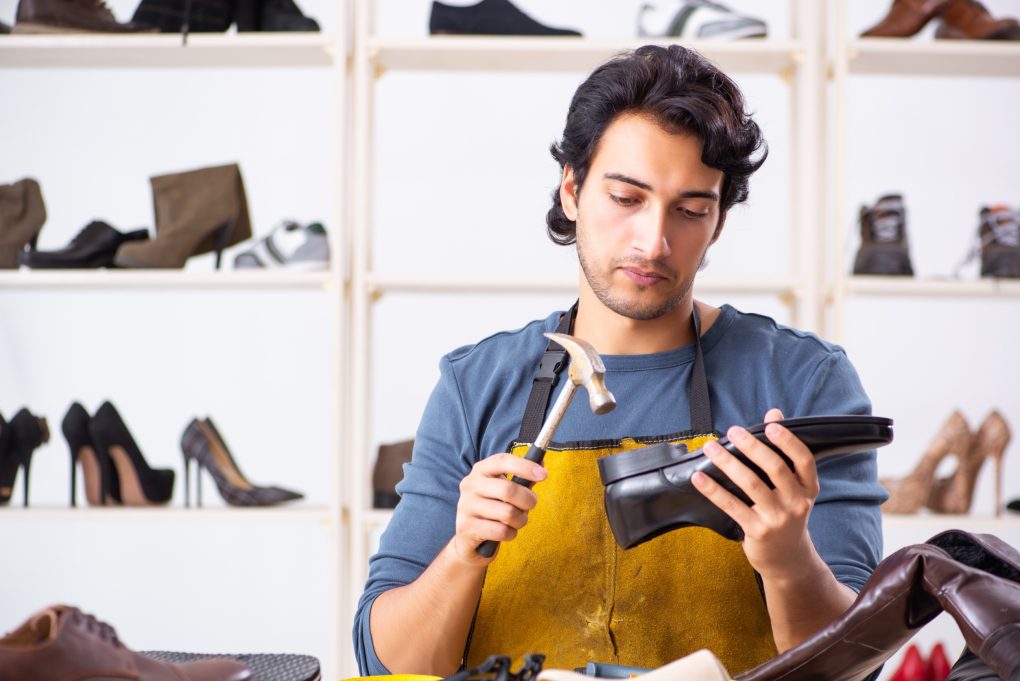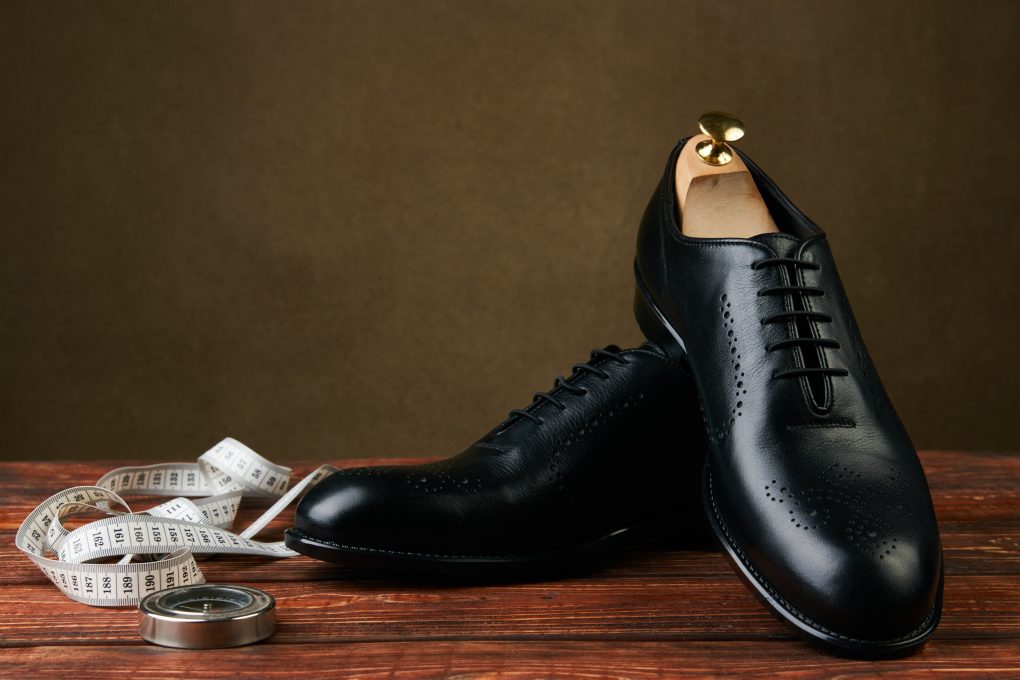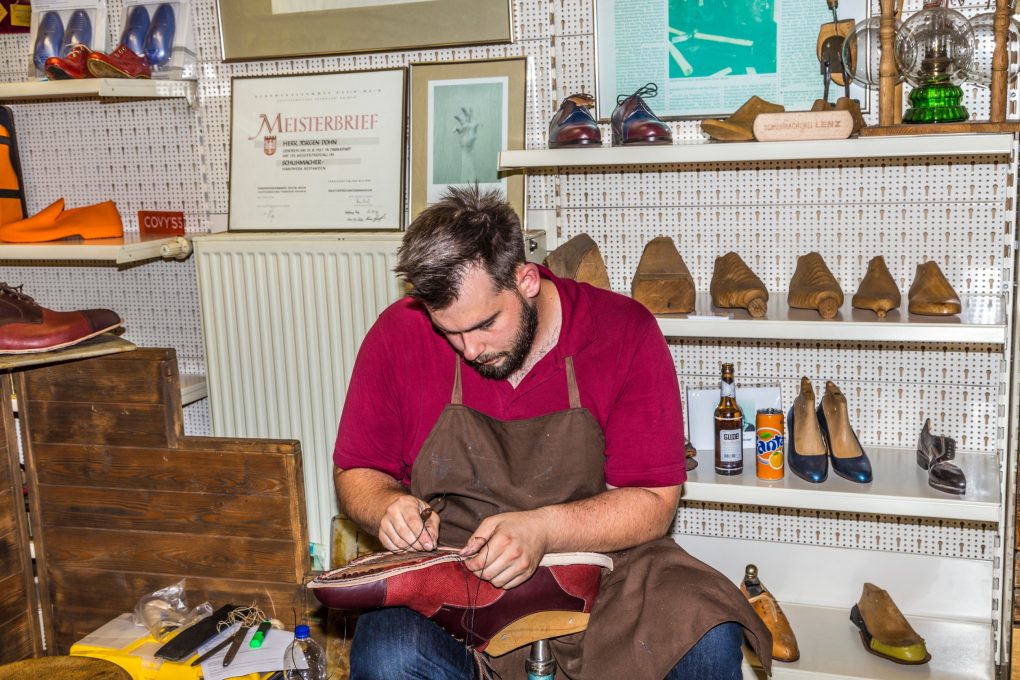How Much Does It Cost to Make a Shoe: Quick Guide on How to Have Your Shoe Brand
Cost estimates for a standard pair of shoes typically start around $50-$100. However, it will depend on the type of shoe you’re making, the materials you’re using, and the complexity of your design. Making shoes can be costly, but it doesn’t have to be. Additionally, be sure to factor in shipping and handling fees when pricing your project – these can add up quickly!
Things to Keep in Mind When Creating a Shoe Brand
Consumer Experience
Regarding products, it’s essential to consider the consumer experience. This includes everything from product design and packaging to marketing materials and customer service. Ensuring a good customer experience is critical for businesses of all sizes. It can drive repeat business and even lead to brand loyalty.


Materials
Everything starts with the materials used. Leather and rubber are two of the most common materials for making footwear, and their prices tend to reflect this. For instance, high-quality leather can cost a lot more than lower-quality material – something that you’ll notice if you’re looking to buy your first pair of shoes.
Aside from leather and rubber, other components, such as laces or closures, have their set price tags. The manufacturing process also incurs costs which must be considered when calculating final retail prices for running shoes (gross margins).
Labor
There are other expenses involved as well – like labor and overhead costs. These can quickly add up and make your shoe-making project much more expensive than you initially thought! To avoid any costly surprises, always include all such expenses in your calculations.
Taxes
Remember, tax rates, too; they may affect net profits significantly! Be sure to factor them in when setting prices for your shoes. After all, you want customers to afford what they buy without feeling too burdened by financial obligations.
Price Margin
When it comes to shoes, it’s essential to be aware of the various factors that go into their price. For example, a brand may charge retailers a high margin (50% or more), while another retailer might charge lower margins (around 10%).
Understanding where your shoes come from is essential to make an informed decision about their price. The profits of the shoe retail industry can vary greatly depending on these factors – so don’t be fooled by appearances!
Mode of Selling
If everything we’ve been saying about wafer-thin margins is true, then it stands to reason that bargain retailers with their discounted price model are losing money. However, this is only sometimes the case, as these businesses use a few strategies to make up for the losses.
One such method is limiting the range of products they sell, which will bring in more customers looking for something specific and unique. Another way is by focusing on seasonal items – selling shoes during winter or summer when demand increases.
Despite making profits from their cheaper-priced footwear sector-wide, some shoe retailers have a lower gross margin (i.e., profit after expenses) because of higher costs associated with producing shoes cheaply (e.g., soft quality materials).
Endorsement
The endorsement money paid to celebrities, athletes, and teams significantly impacts the price of shoes. This is because companies have to pay these individuals a significant amount for their endorsement, increasing the cost of products. It also affects the quality as celebrities or athletes may be delivered to endorse products with low-quality materials or construction.
There are ways around this, such as crowdfunding campaigns that allow consumers to invest money in a product they believe in. This way, people can directly help create and market high-quality footwear without having to deal with celebrity endorsements themselves!
Initial Steps to Create Your Shoe Brand
Segmentation


Segmentation is a crucial step in shoe fashion brand planning. By understanding your target market and what they want, you can create shoes that cater to their needs. You will also need to consider the people interested in purchasing your products- from high-end shoppers to those on a budget.
Furthermore, finding the right distributors and retailers who can help you sell more shoes while helping reduce expenses associated with running a shoe brand is essential. It’s also advisable to have an effective marketing strategy, so potential customers know about your brand and its offerings. Make sure you account for all costs before starting your business!
Investigate
When it comes to shoe design, the sky’s the limit! So go ahead and be as creative as you want – make sure your shoes stand out from the rest. And remember to price them attractively so that customers can easily afford a pair. To make things even easier for you, we’ve put together some helpful tips on how to start and run a successful shoe business. Investigate now and see for yourself what excellent opportunities await!
Focus
Starting a shoe fashion brand can be an exciting and rewarding experience. It begins by choosing the proper focus for your business – whether it is a specific type of shoe, color, or style. From there, it’s important to brainstorm ideas for the brand and how to market it effectively.
Professional help will be invaluable in bringing your vision to life; make sure you choose wisely! Always keep pricing realistic so you don’t have to worry about losing customers. With hard work and luck, your shoes might become popular among fashion-savvy individuals across the globe!
Personality
Personality is one of the most important factors when creating a successful shoe brand. It all begins with understanding your nature and what style you want to portray. Next, you must develop a brand name and logo design that suits your brand perfectly.
Decide on the pricing of your shoes – how much you want people to spend on them and where you would like them sold from (online or brick-and-mortar store). Finally, create a promotional plan, including website design, social media marketing, etc. Along the way, make sure everything flows smoothly so as not to rock the boat!
Communication
Communication is essential for any business, whether a small start-up or an established brand. With effective communication, the brand will thrive, and you will provide the customers with good service and quality products.
There are various ways in which you can communicate with your target market: through print media (ads, brochures), online presence (websites, social media accounts), personal appearances (events such as tradeshows), etc.
It is essential to identify the proper channels based on what your brand represents and what message you want to send out. Make sure everything flows smoothly so that people understand how connected you are to their interests!
Critical Steps to Create Your Shoe Brand
Shoe fashion is all about expressing yourself and your unique style. It doesn’t matter if you’re a sneakerhead, a minimalist, or just in the mood for something different – there’s a shoe for you. But how do you go about creating your shoe fashion brand? The answer is simple – finding the right products, designing them yourself, and marketing them online.
Find Manufacturer


Making a shoe can be costly, but the result is well worth the price tag. It starts with choosing the right type of material and manufacturer. Then, you’ll need to factor in shipping and processing costs. Once you have all of the information, it’s time to start designing! Use your imagination and come up with something unique and stylish. It’ll be worth it in the end!
Using Untested Materials
When it comes to shoe-making, it’s essential to use untested materials. This will help you avoid damaging your shoe or creating a safety hazard. Many affordable and accessible methods are available to develop shoes without sewing. Before starting, be sure to read the instructions carefully, so you don’t end up accidentally ruining your shoe. Have fun shoe-making, and enjoy the process!
PR Agency Retainer Fees
Shoe companies are always looking for ways to stay ahead of the competition. One way to do this is by hiring a PR agency. For example, a PR agency may charge a retainer fee to help cover the costs of working with them. According to R Public Relations, agency retainer fees can range from $1,500 to $10,000 per month.
The goal of the retainer is usually to secure a long-term relationship with the PR agency and protect their interests in case of any disputes or disagreements down the road. When choosing a PR agency, it is essential to consider their experience, track record, and the cost of the retainer. Make sure to ask questions and get a sense of what the PR agency is all about before signing on the dotted line.
Check Return of Investment
Shoe-making is an expensive process, and it’s essential to make sure that any decision you make, from developing new technology to expanding into new markets, has a positive return on investment (ROI). In addition, several costs are involved in shoe making, from research and development (R&D) to production and marketing.
It’s essential to calculate the return on investment (ROI) to make an informed decision and to factor in the long-term implications of any decisions you make. Remember, shoe-making is expensive, and it’s essential to ensure that the return on your investment is worth it.